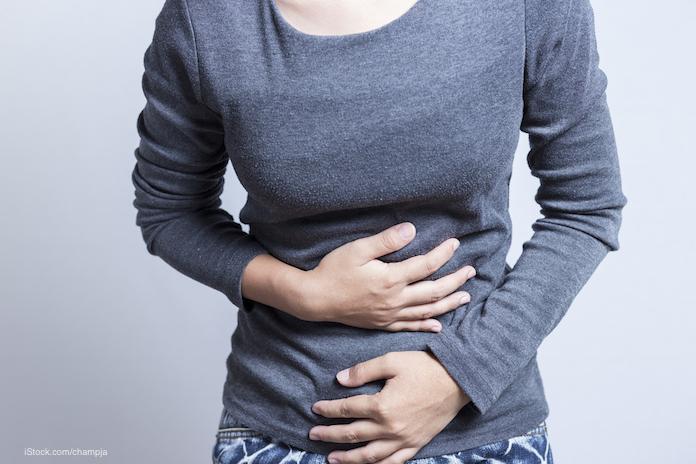It seems that every summer there is a Cyclospora outbreak somewhere in the world. A huge cyclosporiasis outbreak in 2015 sickened more than 700 people in 31 states. Last year, the FDA noted a decline in Cyclospora food poisoning cases, mostly because of import alerts and testing of imported foods.

Now, the Public Health Agency of Canada has announced a Cyclospora outbreak. The source of this outbreak has not yet been identified. Cyclospora is not found in water or food grown in Canada. The parasite lives in tropical and subtropical regions in the Caribbean, South and Central America, South and Southeast Asia, the Middle Eat, and Africa.
Cyclospora is a microscopic single-celled parasite that is passed through feces. The illness does not spread from person-to-person, but usually through contaminated food and water.
In Canada, 20 cases have been reported form British Columbia (5) and Ontario (15). Patients started getting sick between May and early June 2017. Most of the cases are male, with an average age of 53 years. Most people recover fully, but this illness can recur several times over a period of a few months.
People who are most at risk for this type of illness live or travel in tropical and subtropical regions and eat fresh produce or drink untreated water. It can be difficult to prevent this type of food poisoning, since washing produce doesn’t always get rid of the parasite.
To avoid this illness, cook produce that is imported form countries where Cyclospora is common. Try to purchase fresh produce from countries where this parasite is not found.
The symptoms of cyclosporiasis include watery diarrhea, abdominal bloating and gas fatigue, stomach cramps, loss of appetite, weight loss, mild fever, and nausea. Symptoms usually appear one to two weeks after you ingest the parasite. Most people are sick for six to seven weeks. Antibiotics may be used to treat this illness.




